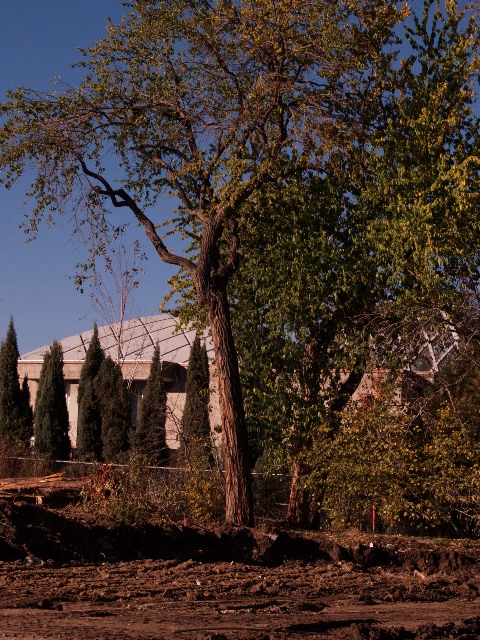Square foot vs board foot
Defining the difference. October 2, 2001
Question
Is there a difference between a square foot and a board foot?
Forum Responses
A board foot is equal in volume to a square foot of lumber 1" thick.
A square foot of lumber/flooring, etc. would be 12" x 12" (or similar dimensions totaling 144 square inches), but could be of any thickness.
If you know the thickness, you could calculate the board footage from the square footage. Flooring may be sold by the square foot, since that is the measurement you are likely to take when you are calculating the size of the area to be covered, so it's a convenient unit of measure for floor coverings.
In one-inch thick lumber or less, the board feet and square feet are the same. We call this surface measure, not square foot measure. Any thickness over one inch must multiply surface measure by the thickness for your board foot measure. But flooring, siding and paneling is usually sold by the square foot, no matter what the thickness. Some mills also sell this by the board foot. Ask before you buy. Use the lumber calculator at
www.woodweb.com/Resources/RSCalculators.html when in doubt. Moulding is usually sold by the linear foot or running foot, as they say down here.
It is not true that a square foot is a board foot (for 1-inch or thinner material), as the dimensions used for softwoods are the nominal sizes, not the actual sizes. So, a piece of 1 x 12 x 6' long is actually .75 x 11.25 x 6.0'. Yet it is counted as 6 BF. Likewise, for thickness, such as 2" nominal thickness (1.50" actual), we use the 2" number.
For hardwoods, the length is always the last full foot, so a piece 11' 0" to 11'11-15/16" is counted as 11'. (The same holds for softwoods, but since I mentioned we use the nominal size for softwood lumber, this idea is already included.)
The calculation for softwoods is carried to two decimal places (xx.xx bf), while for hardwoods, the answer is rounded to a whole number and no fractions are used.
For small pieces, the tradition is to use square feet with fractions and to use actual sizes fully. However, due to confusion at times, many people will use a price per piece.
Gene Wengert, forum technical advisor
From contributor D:
I read the NHLA rules for grading a few years ago. As I recall, they said that with board feet, the length used is the standard length, not the actual length. They round down the length, so with a board 11' 11" the board would be figured as 10' long. With some species, such as mahogany, the length is rounded up. So this board would be figured as 12' long. If you apply this you could have 2 boards, one oak and one mahogany, both the same actual size, but with different board footages.
For hardwoods we would never round up!
Also, an 11' 11" piece is counted as 11', not 10'. There is no penalty for odd foot lengths of hardwood.
Gene Wengert, forum technical advisor
Gene, are you saying that 1000 1x4x8 pine boards is 2660 BF while 1000 1x4x8 oak boards is only 2000 BF?
From contributor D:
Quoting from the NHLA Rules:
Honduras, Mexican, Nicaraguan, Guatemalan, and other Central and South America Mahoganies.
Fractions of over one-half foot in length shall be counted up, and fractions of one-half foot or less in length shall be dropped, except in the grades of Shorts.
1" x 4" x 8' pine lumber is actually 3/4" x 3.5" x 8'. Each piece is 2.67 BF, so 1000 pieces would be 2670 BF.
For oak, a 1x4x8 is 3 foot surface measure (2.67 is rounded to 3), so 1000 pieces would be 3000 BF.
Contributor D is indeed correct about the length--I stand corrected.
Gene Wengert, forum technical advisor
